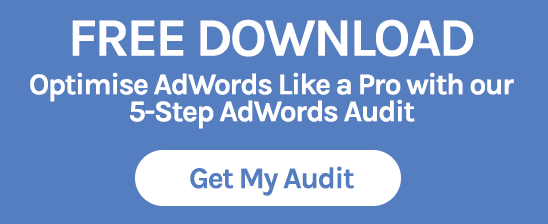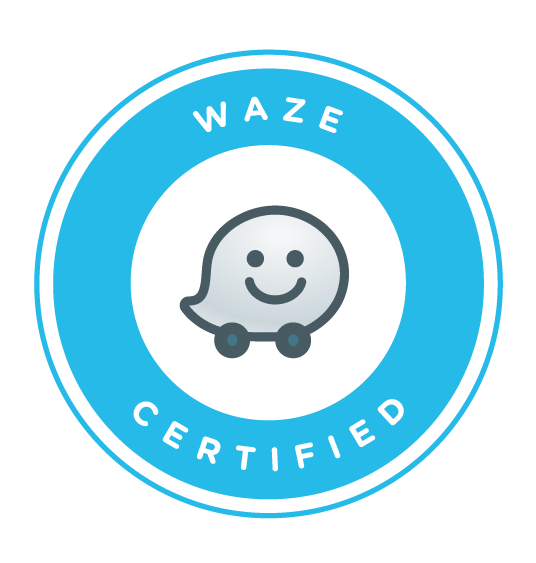
AdWords is a numbers game. That’s the beauty of it. Calculating your ROI is as easy as totting up your net total profit at the end of the month, dividing it by the monthly investment, and timesing it by 100 to get your percentage.
The art of AdWords often lies in increasing that ROI month on month, whether it’s for your own business or on behalf of a client.
Today’s blog is dedicated to helping scratch that itch, with 3 tips to help increase your AdWords ROI.
Improve Quality Score
Quality Score is Google’s estimation of the quality of your ads and is crucial for boosting ROI.
Google holds an avowed commitment to user experience, and this applies to the ads a user sees as much as anything else. If a search query for ‘tennis courts Norfolk’ returns an ad which leads to a landing page about tennis racquets for sale in Suffolk, for example, then the user is unlikely to be satisfied by the experience.
If, however, a relevant ad and a relevant landing page are matched to the user’s search query then they are highly likely to consider the experience a positive one (and, of course, are more likely to convert).
To encourage ad relevancy Google introduced Quality Score. The more relevant your ads are to the user, the higher your QS is likely to be.
Quality Score Rankings
1-4 Bad 5-6 Average 7-10 Good
Quality Score directly affects AdWords ROI in two important ways –
- Along with your CPC bid, QS helps to determine ad rank.
- The higher your QS, the less you have to pay to appear and to rank highly for your target keywords.
A good QS means your ads are more likely to appear at the top of the ad rank. This means that is actually possible to appear above competitors who are placing higher CPC bids in the ad rank if you outrank them in terms of QS. This also means that one of the most effective ways of increasing your ROI is to make your bids cheaper by increasing QS!
Tip – The actual formula used to determine ad rank is CPC bid × Quality Score
Check out the Ultimate Guide to Google Quality Score to improve your QS, and to increase your AdWords ROI.
Remarketing
Every digital marketer worth their salt knows that remarketing is a crucial part of the online sales process, but many use it for little more than a bit of cheap branding.
Remarketing really comes into its own when you use it to re-target users who have previously come close to converting on your site.
It’s a fact that as many as 70% of online shoppers abandon their basket, and remarketing provides you with the chance to direct those individuals back to the site to complete their purchase.
When used correctly, remarketing can be the perfect tool to boost your AdWords ROI. The AdWords wizards over at searchengineland.com have demonstrated that conversions increase exponentially in line with ad impressions.
This means that with remarketing, it pays to be aggressive. The more you can re-appear in front of your lead, the more likely they are to finally return to your site to convert.
The key to this process is specificity. You will want to have unique remarketing campaigns for each stage in the purchase funnel, and for each individual product or service you offer. If you have one blanket remarketing campaign for every action on the site, then don’t expect anyone to return in a hurry!
The goal is to remind the user of the item/service they were interested in on your website, and to follow up on that interest with a gentle, helpful prompt. This could be by way of further product information, eye-catching and relevant imagery, or emphasis on the USP of the product/service.
In-Market Audiences
In-market audiences allow you to advertise to people who are actively researching the products and services you offer on the Google Display Network. Google claims to be able to ‘accurately categorise users so you can target those most interested in your offerings.’
Google are able to determine purchase intent using a vast array of data, including the content of the sites the user has visited, the frequency of the visits, relevant clicks on ads and subsequent conversions. Through such actions the user ‘signals’ to Google their purchase intent.
This type of targeting allows AdWords advertisers to target people further along the sales funnel than is usually possible. Empowered by Google’s extensive data, you are able to focus on people who have signaled their intent to purchase a specific product or service. This further allows the advertiser to tailor your ads accordingly, with copy optimised to reach out to individuals you know are ready to make a purchase.






